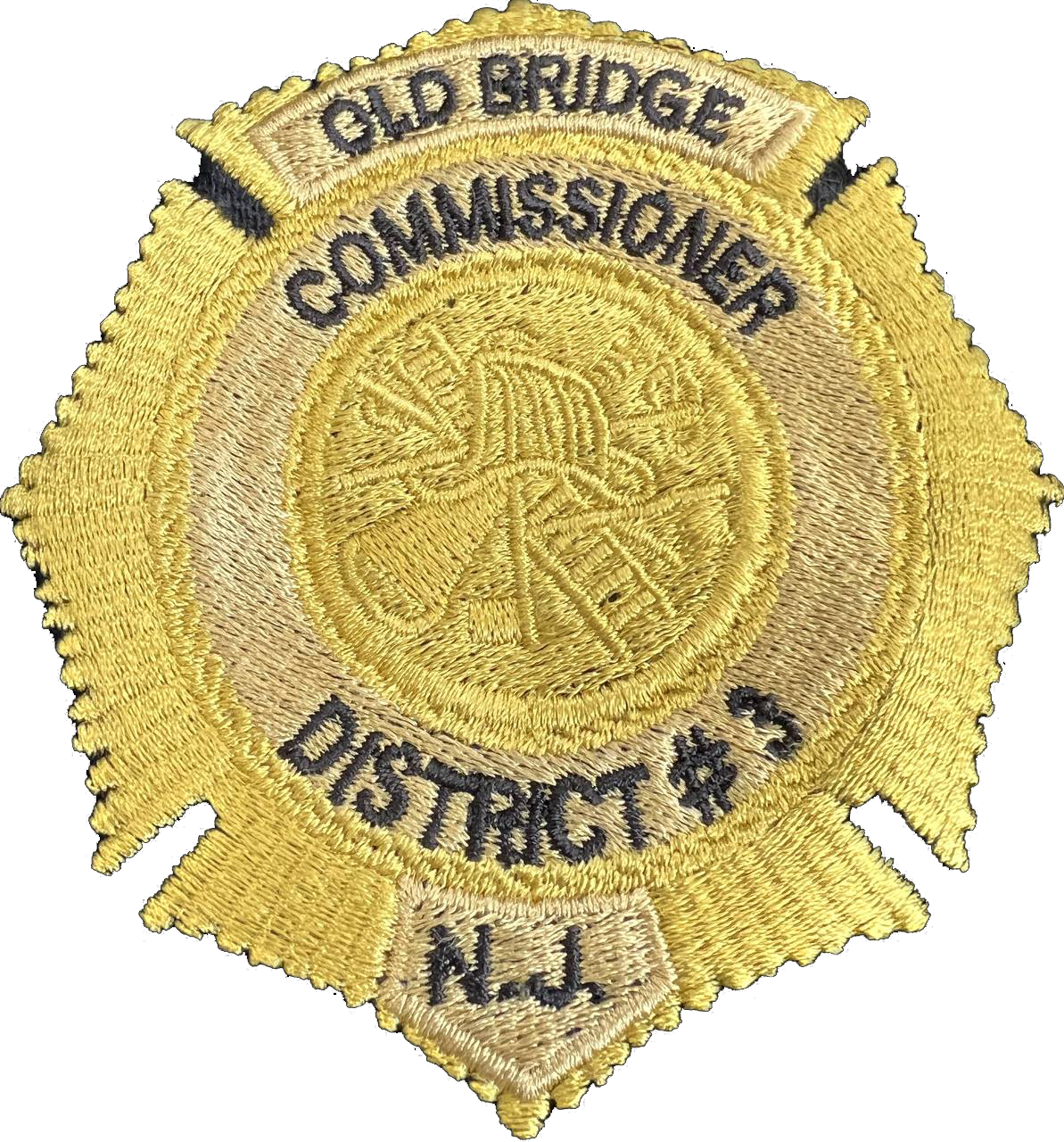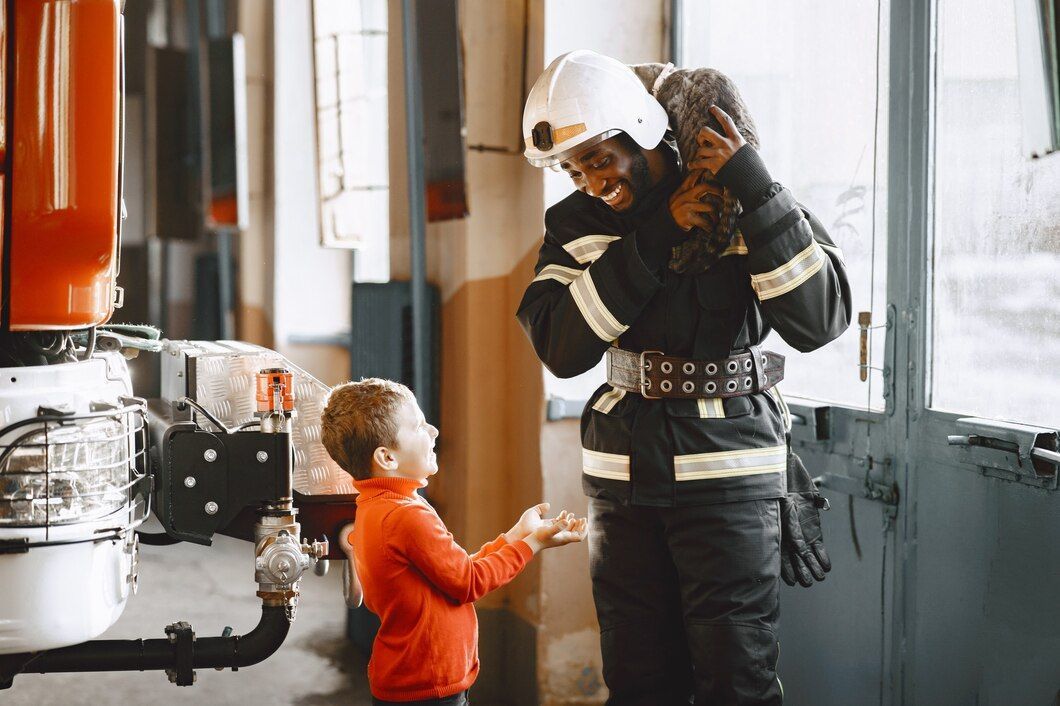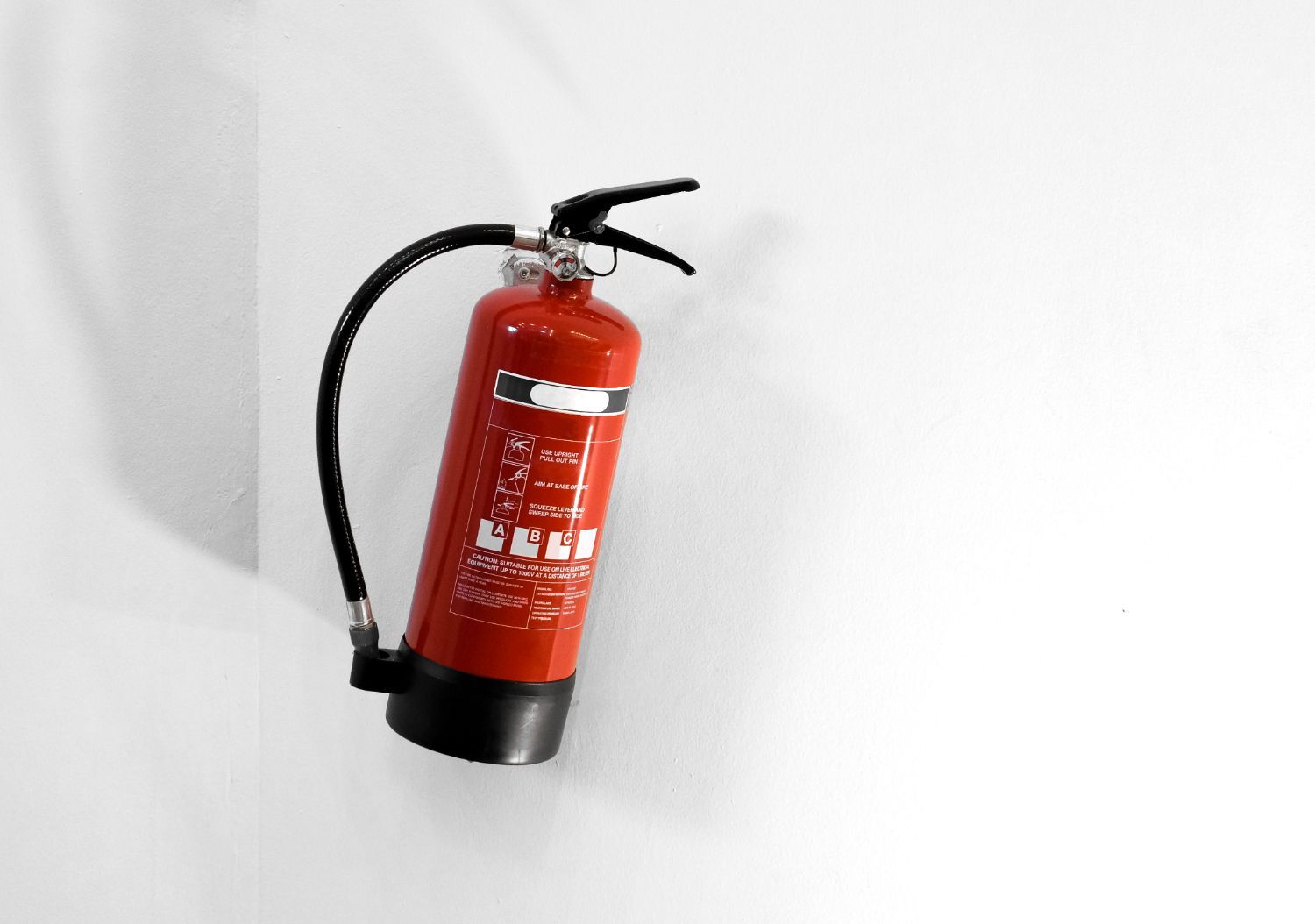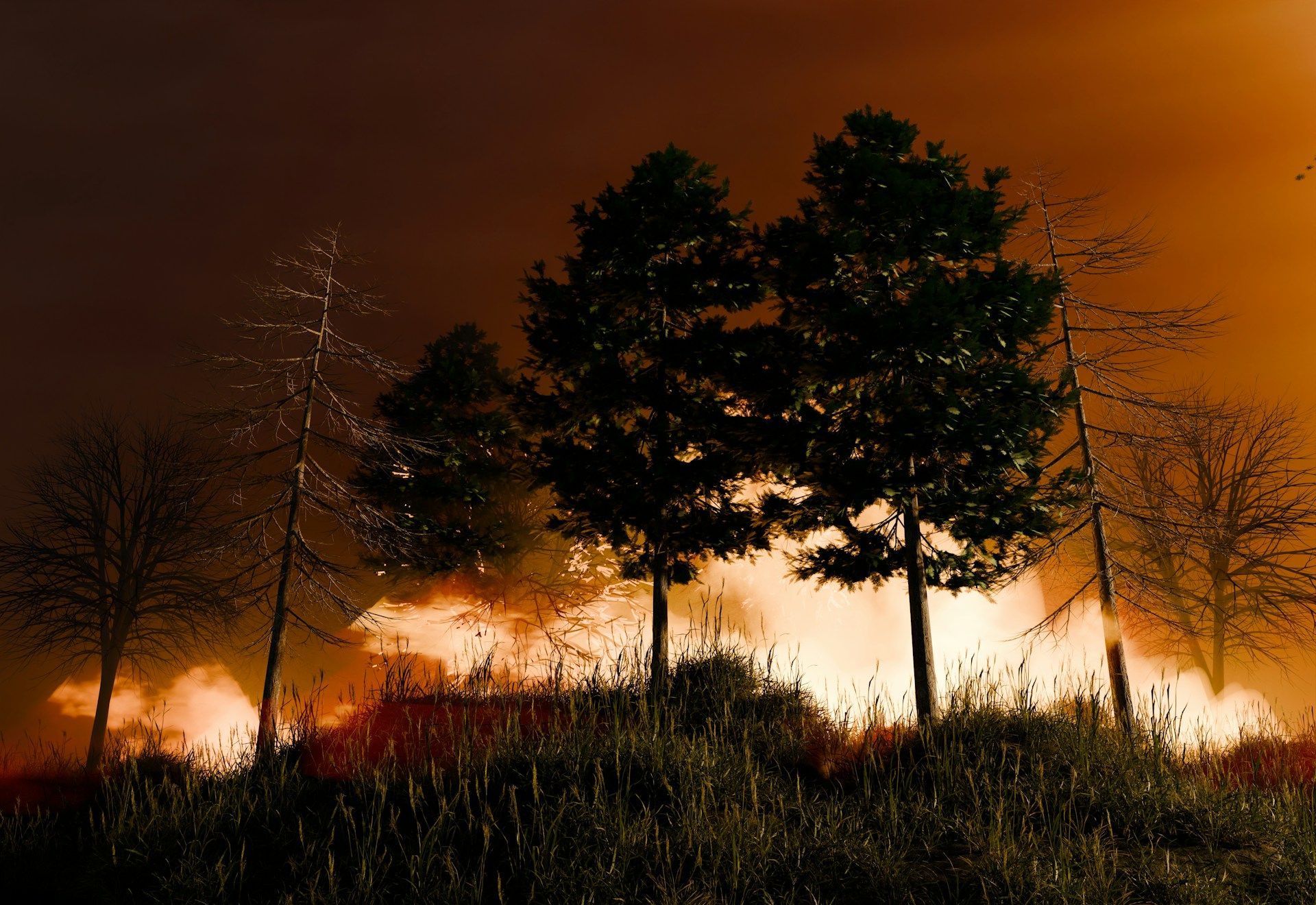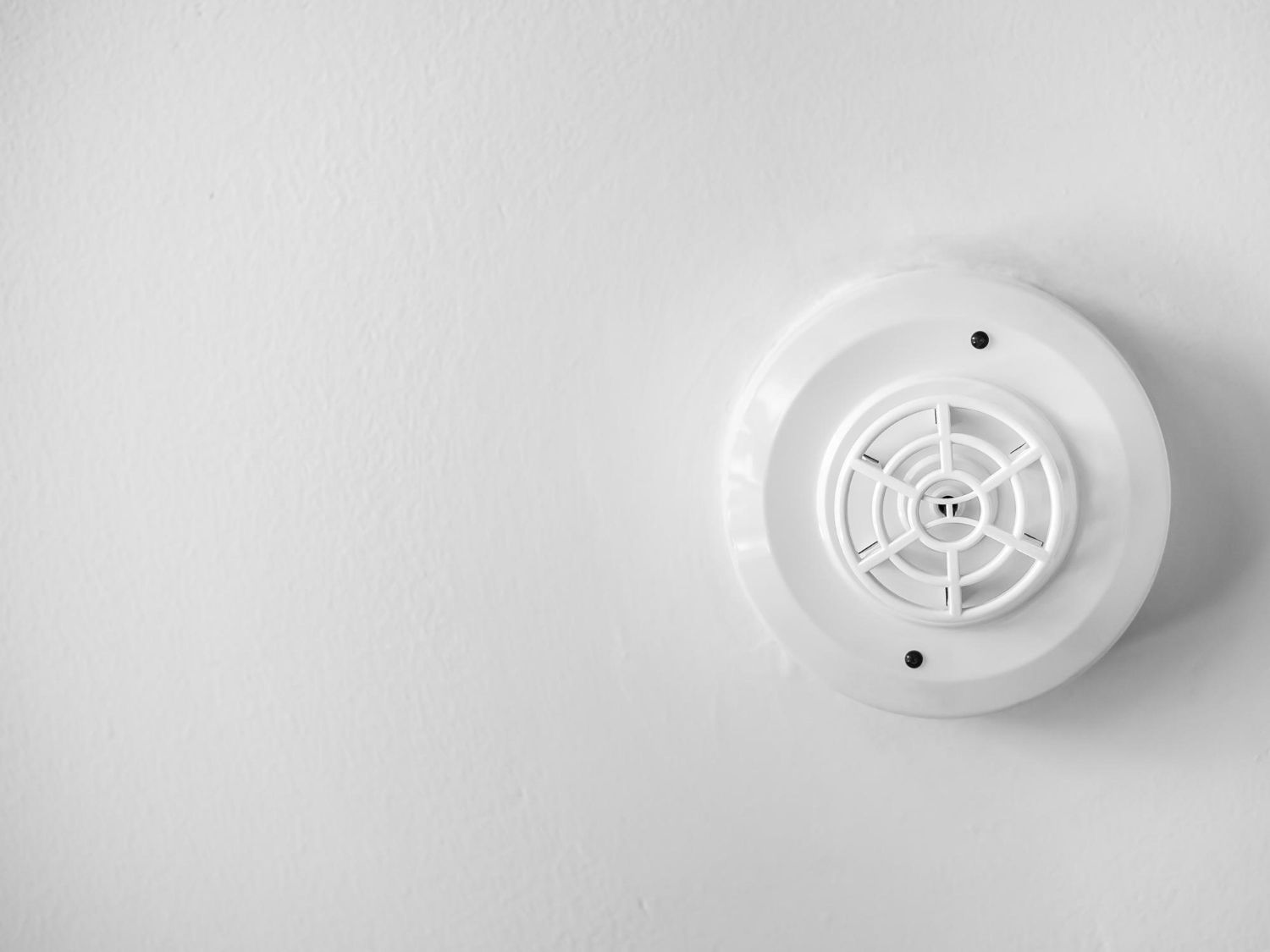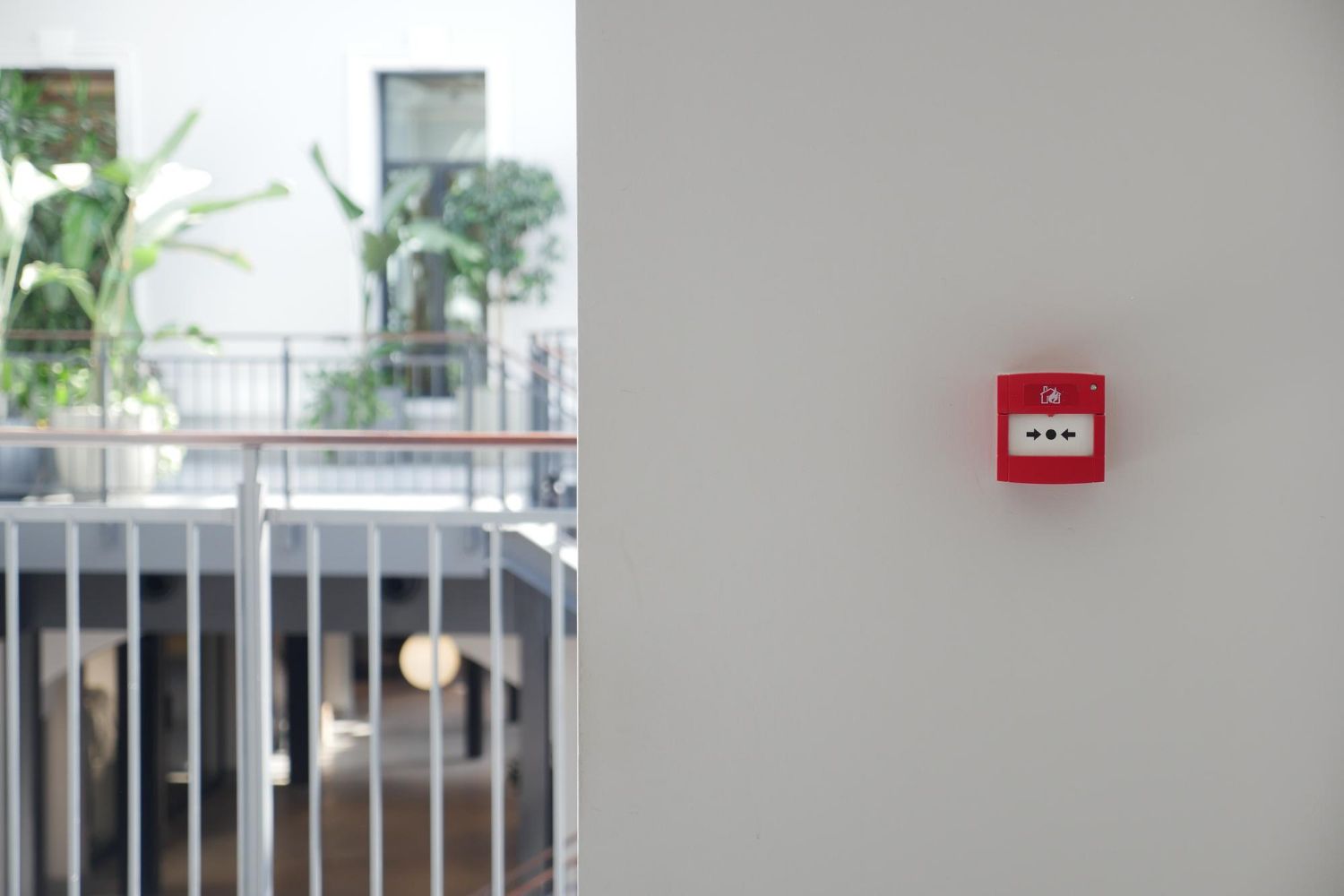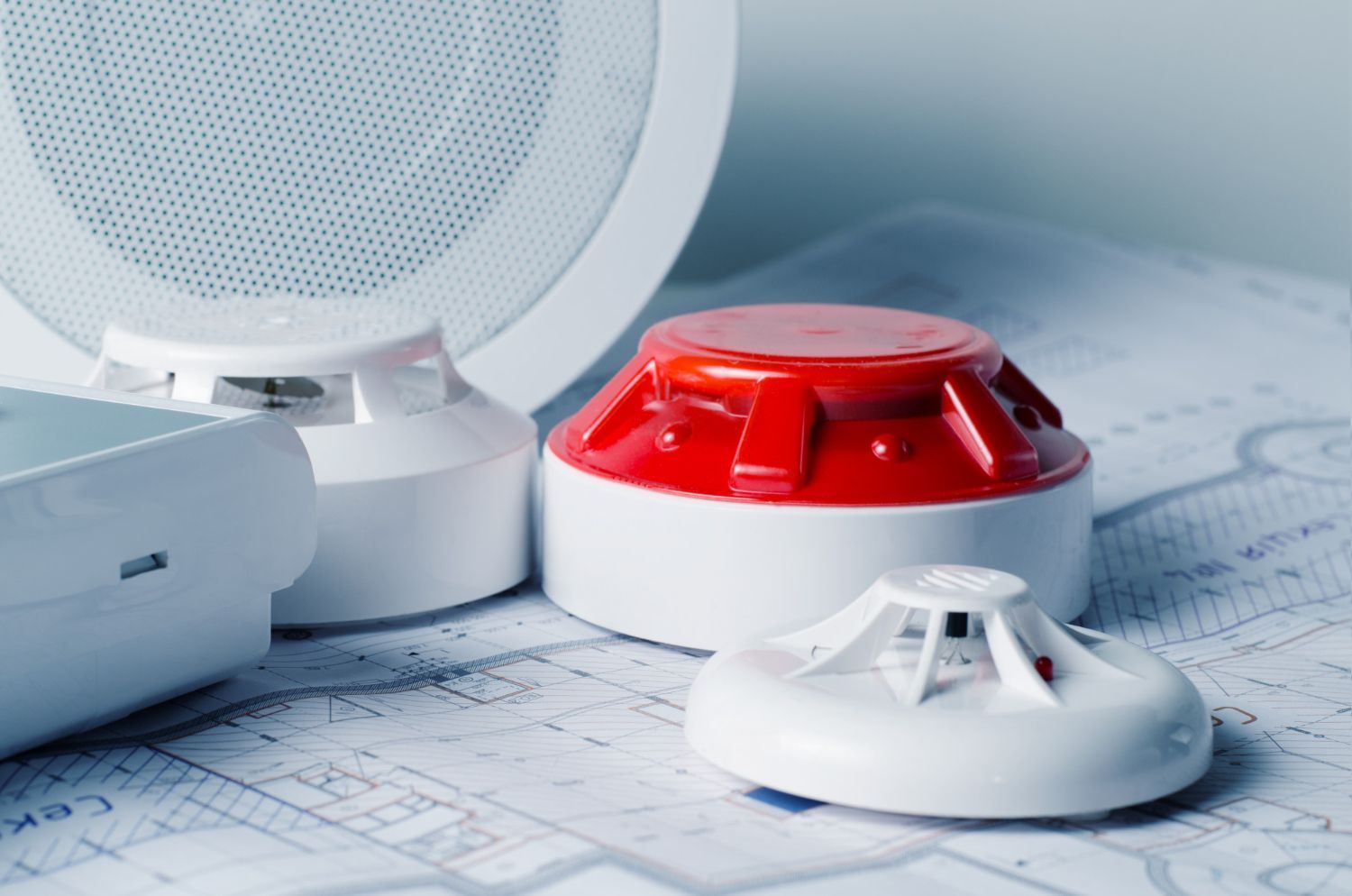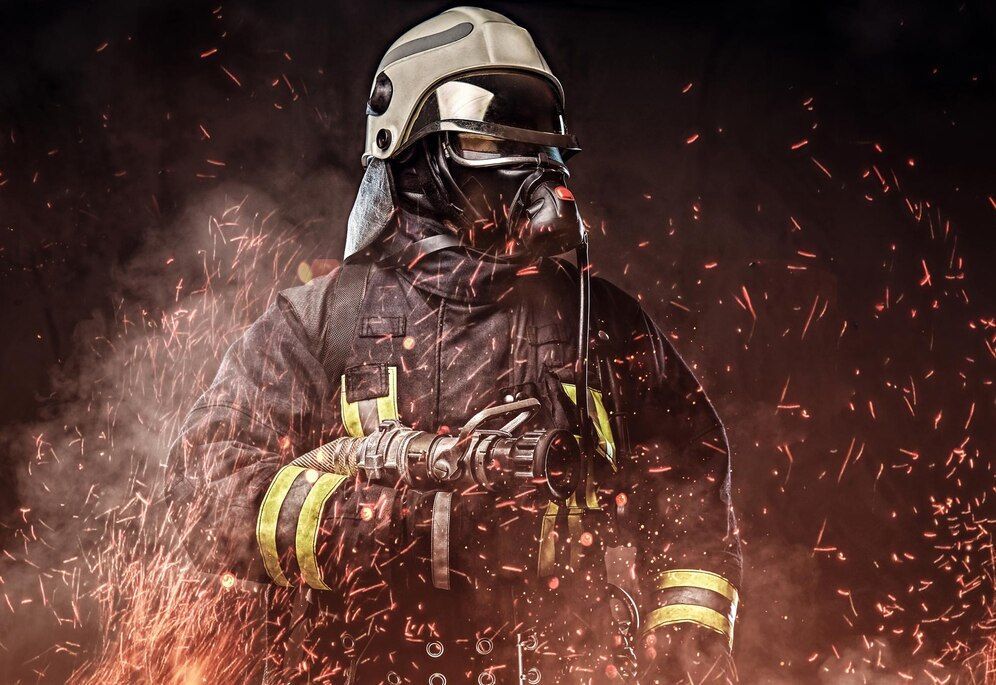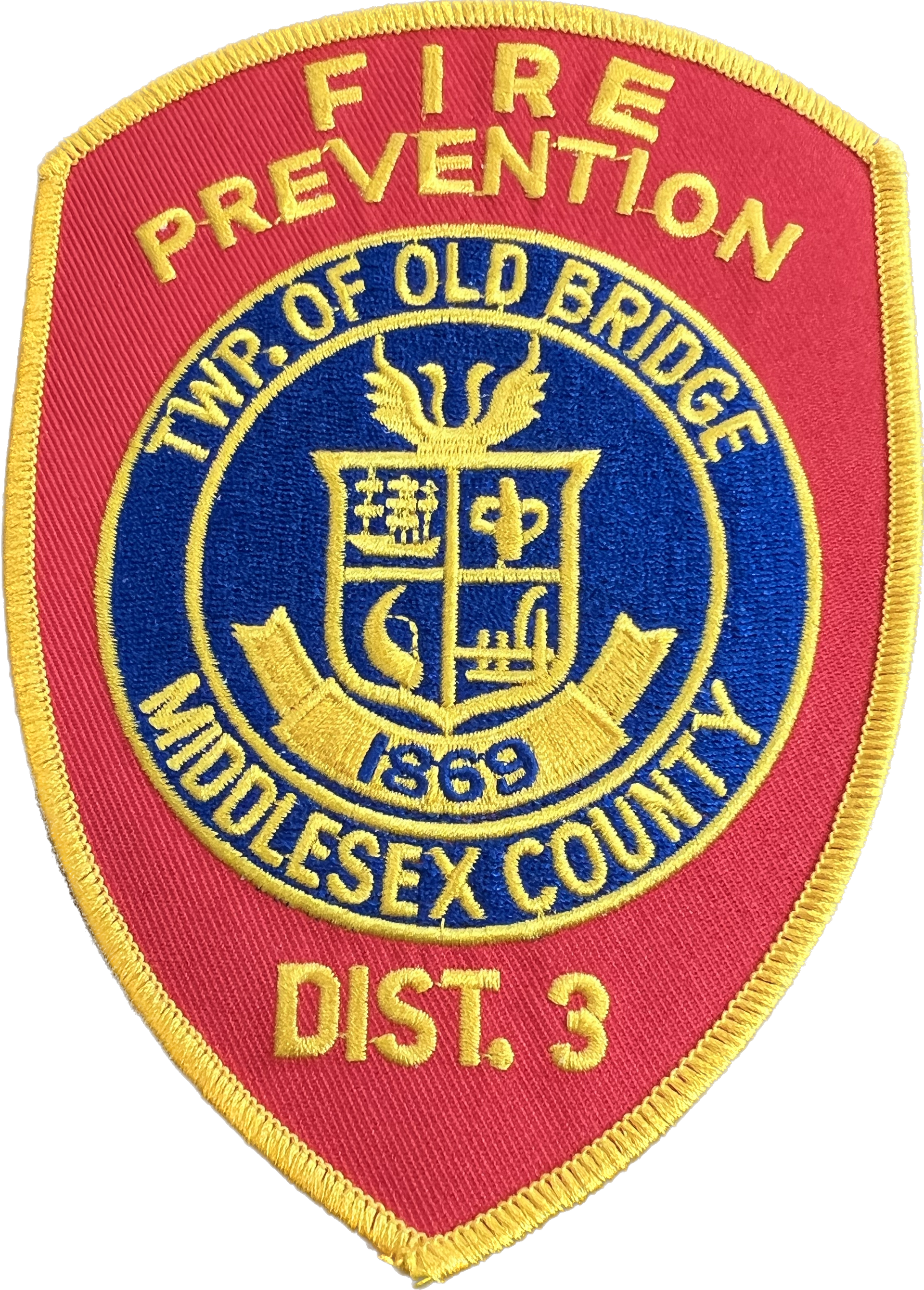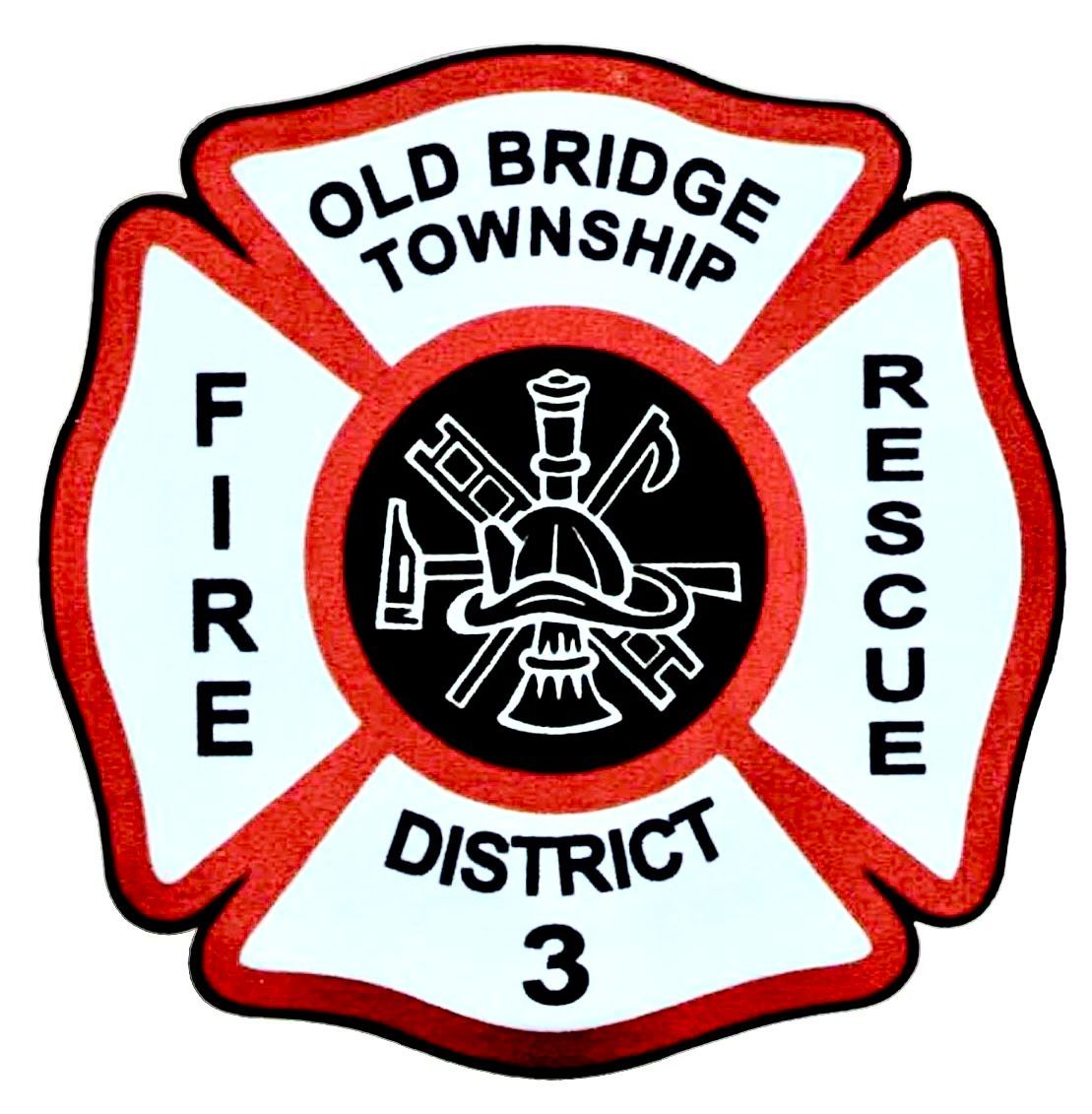Prepare for Wildfires: Protect Your Home & Community with Essential Tips
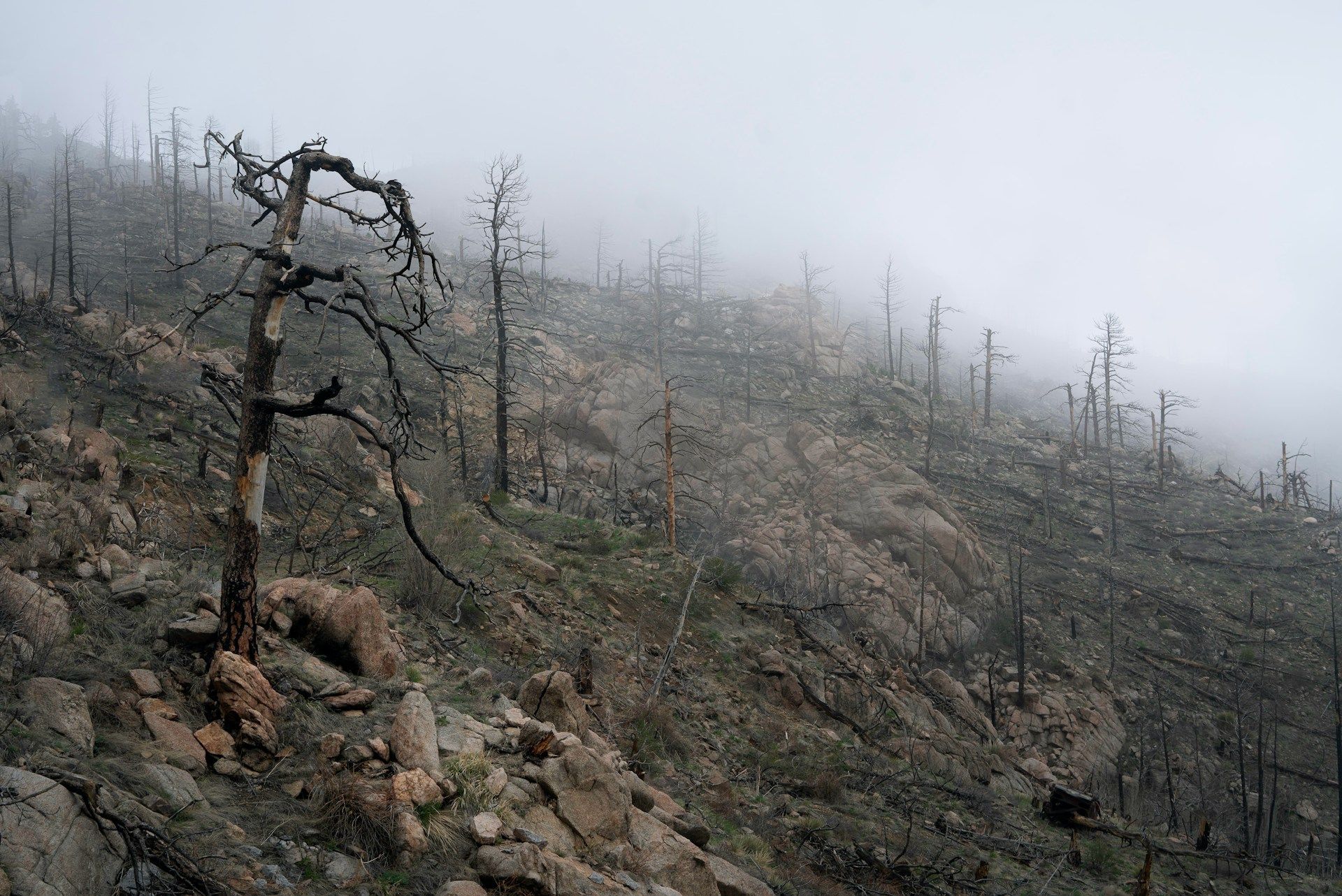
Wildfires pose a significant risk to communities across the country, causing catastrophic damage to homes, natural resources, and infrastructure. As fire protection professionals, we are at the forefront of emergency response and recognize the importance of adequately preparing for wildfires.
In this article, we aim to share our expertise on wildfire preparedness, helping you safeguard your home and community from the devastating effects of wildfires.
In recent years, many regions have experienced an increase in the frequency and intensity of wildfires, making it more crucial than ever to take the necessary steps to protect your property and community. Comprehensive wildfire preparedness involves several critical components, such as creating defensible spaces, building with fire-resistant materials, designing effective evacuation plans, and fostering community engagement.
To help you better understand the complexities of wildfire preparedness, we have compiled a wealth of essential tips, resources, and guidelines that focus on preventative measures, safety during a wildfire, and post-fire recovery and restoration. Our goal is to provide you with actionable information to protect your property, promote collaboration within your community, and contribute to a more resilient environment in the face of wildfires.
Creating Defensible Spaces Around Your Home
One of the most effective ways to protect your home from wildfires is by creating defensible spaces. This involves strategically clearing and maintaining vegetation around your property to reduce the intensity and speed of a wildfire. Defensible spaces can be divided into three zones:
1. Zone 1 (0-30 feet from your home): Remove all dead vegetation, leaves, and debris. Keep trees and shrubs well-pruned, with a minimum distance of 10 feet between tree crowns. Remove tree limbs within 6-10 feet of the ground.
2. Zone 2 (30-100 feet from your home): Create horizontal and vertical spaces between vegetation to slow the spread of fire. Remove ladder fuels (low-level vegetation that can carry fire from the ground to the tree canopy), and maintain a spacing of at least 6 feet between tree canopies.
3. Zone 3 (100-200 feet from your home): Thin out forested areas to maintain a spacing of at least 12 feet between tree canopies and ensure that grass, leaves, and debris are regularly cleared.
Building with Fire-Resistant Materials and Techniques
Choosing fire-resistant materials and construction techniques can significantly enhance the wildfire resistance of your home. Here are some essential tips to consider:
1. Roofing: Select fire-resistant roofing materials like asphalt shingles, metal, or tile. Keep your roof free of debris and ensure that vents are covered with non-combustible materials.
2. Siding: Use fire-resistant siding materials such as cement, plaster, or stucco. When using wood siding, ensure it is treated with fire retardant chemicals.
3. Windows: Install double-pane or tempered glass windows, as they are more resistant to fire and radiant heat.
4. Decking: Choose fire-resistant decking materials like composite or hardwood. Remove flammable items and foliage from under and around your deck, and enclose the underside with fire-resistant materials.
Preparing a Wildfire Evacuation Plan
Having a well-prepared evacuation plan can save lives during a wildfire. Develop a plan with the following essential components:
1. Escape Routes: Identify multiple escape routes from your home and community. Practice these routes regularly to ensure familiarity.
2. Communication: Establish a family communication plan, specifying how and when to contact each other in case of an emergency. Designate an out-of-area contact person to facilitate communication.
3. Emergency Kit: Prepare an evacuation kit with essential supplies, such as food, water, clothing, medications, important documents, pet supplies, and a battery-powered radio.
4. Special Needs: Consider the unique needs of all family members, such as elderly individuals, children, and pets. Ensure that any necessary equipment or supplies for medical conditions are part of your evacuation kit.
Fostering Community Engagement in Wildfire Preparedness
When communities work together to prepare for wildfires, resilience and response capabilities are significantly enhanced. Here's how you can foster community engagement:
1. Wildfire Preparedness Workshops: Organize or participate in workshops focused on sharing knowledge about wildfire prevention, mitigation, and response strategies.
2. Firewise USA Program: Encourage your community to join the Firewise USA program, designed to help communities organize and implement wildfire preparedness practices.
3. Neighborhood Fire Safety Assessments: Work with neighbors to create home assessment plans that identify potential risks and develop strategies for reducing vulnerabilities.
4. Collaborate with Local Fire Agencies: Partner with local fire departments and agencies to conduct property inspections, request expert advice, and access resources to strengthen community preparedness.
Final Thoughts
Wildfire preparedness is a crucial aspect of safeguarding our homes and communities from the devastating effects of wildfires. By creating defensible spaces around our properties, building with fire-resistant materials, adopting effective evacuation plans, and fostering community engagement, we can significantly reduce the risks and impacts of wildfires in our neighborhoods.
At the Board of Fire Commissioners, Fire District 3, Township of Old Bridge, we are committed to providing guidance, resources, and expertise to help strengthen wildfire preparedness efforts within the community.
Explore our website at the
Board of Fire Commissioners, Fire District 3, Township of Old Bridge.com for information on fire protection, incident response, public education, and fire code enforcement. Together, we can make our communities more resilient to wildfires, protecting both our homes and our lives.
